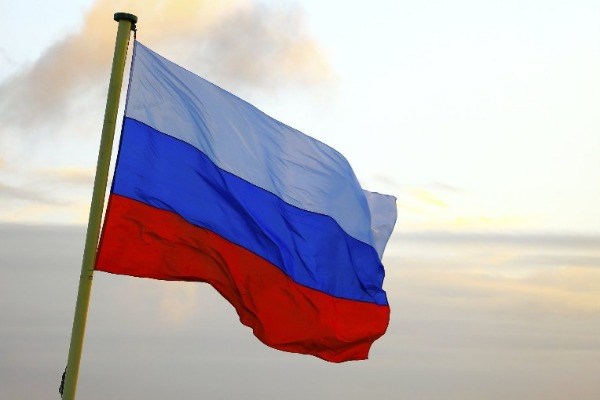Number of western specialists coming to Russia drops by two thirds
The temporary migration from developed western states to Russia continues to decrease, according to the February report of the Russian Presidential Academy of National Economy and Public Administration (RANEPA).
Compared to the levels observed before western sanctions and the crash in oil prices, the flow of US and EU citizens into Russia has dropped by nearly two thirds.
The influx of tourists and western specialists and business representatives traveling for business or service purposes is also dropping – for individual countries the figure has dropped by more than 80%, research suggests.
Whereas at the end of 2013 there were 1.3 million US and EU citizens temporarily residing in Russia, in February 2018 there were only 440,000.
The influx from Germany has dropped by nearly 75%, from 532,000 to 94,000; from Spain, by more than 80%, from 77,000 to 13,000; from Italy by 71% (from 77,000 to 21,000), and from the EU as a whole, by 65%.
The flow from the US has dropped by more than 80%: before the crisis, there were 220,000 Americans in Russia, but fewer than 40,000 remain.
The influx of specialists and business representatives is decreasing alongside investments, the Central Bank’s balance of payments statistics for 2017 indicate.
At the end of the year, the inflow of direct foreign investments, i.e. investments in the real sector as the opening of businesses or the purchase of company shares, fell by 25% to $23.2 billion. This is only half as much as in 2011, and one third as much as the figure for 2013.
In the fourth quarter, non-residents who had been operating in the Russian market shut down their operations and sold their assets, after which they withdrew $1.6 billion.
An outflow of direct foreign investments on a quarterly basis has been recorded by the Central Bank only three times since 1992: even with the default of 1998 and the world financial crisis of 2008-2009, Russia’s real sector received money from abroad.
The total outflow was the second largest in the country’s recent history: only in the fourth quarter of 2014, at the height of conflict in the Donbas, sanctions, and the crash of the oil price and the ruble did investors flee faster, withdrawing $1.9 billion.
The priorities of non-residents are changing – instead of investing in the real sector, they are preferring financial speculation, actively buying Russian government bonds and corporate securities. According to Sergei Pukhov, a leading research fellow at the HSE’s Development Center, this may indicate a growing lack of confidence.
